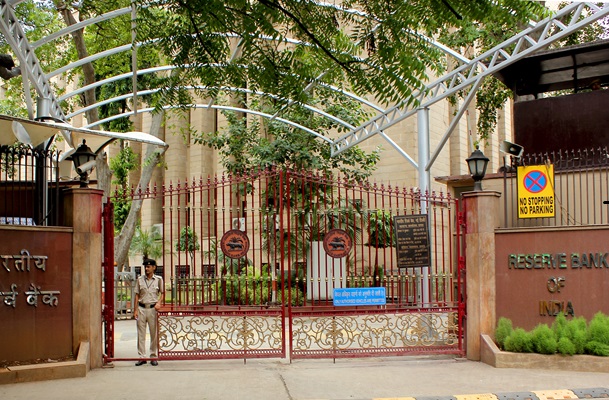.png)
Gurumurthy, ex-central banker and a Wharton alum, managed the rupee and forex reserves, government debt and played a key role in drafting India's Financial Stability Reports.
August 8, 2025 at 6:43 AM IST
After much deliberation, the RBI’s Internal Working Group on the Liquidity Management Framework has finally spoken. Reviewed? And the conclusion? That the Weighted Average Call Rate, despite being a shadow of its original self, should continue as the operating target of monetary policy. It’s a recommendation that feels less like reform and more like an exercise in defending tradition with fine print and a lot of sweat.
Let’s be clear about one thing. The working group didn’t arrive at this decision blindly. It offered a detailed rationale, most of it coherent, some of it convincing, but the final recommendation remains deeply conservative in a financial landscape that has dramatically changed.
The working group begins by acknowledging the elephant in the room: WACR’s relevance is diminishing. The call money market, which WACR reflects, now constitutes a mere 2% of the overnight market volume, down from 16% in 2010-11. That’s like a newspaper using Morse code for internal communication and insisting it’s still the standard because the editor knows it best.
But instead of treating this as disqualification, the working group cleverly pivots. Since banks and standalone primary dealers, the only participants in the call market, are directly regulated by and have access to the RBI’s liquidity window, WACR gives the central bank more direct levers of control than rates in collateralised markets. This is true, but also a little circular. We’ve narrowed the field so much that of course we have more control, because we eliminated everyone else who might muddy the waters. And for us, the “system” means only that. Hence, the perimeter for the systemic liquidity.
Purity Argument
The working group makes the case that uncollateralised rates like WACR are better indicators of underlying credit and counterparty risk, not “masked by collateral,” as they put it. There’s some merit here. Collateral can dull market signals, and an uncollateralised rate could, in theory, offer a clearer read of liquidity stress.
But in practice, this also makes WACR highly sensitive to volatility, especially during crises. When risk aversion spikes, volumes dry up, and WACR becomes jumpy, making it a problematic anchor for stability-seeking monetary policy. If a rate only works well in good weather, is it really the one you want driving your policy ship?
In any case, what is the purpose of a monetary policy “target”?
Another defence is the high correlation between WACR and other overnight rates in the tri-party repo and market repo segments, implying alignment and effective transmission. But this raises a simple question: if all the rates move together, why not choose the one that better reflects actual market depth?
Collateralised segments account for over 90% of overnight volumes. Ignoring them as the operating target because they involve mutual funds, insurance firms, and pension funds, who aren't regulated by the RBI, is like ignoring 90% of India’s informal economy in framing employment data because it’s harder to supervise; especially when RBI sits at the top of the FSDC-Sub Committee
Markets evolve. Clinging to WACR because it’s more “under control” feels less like prudence and more like monetary micromanagement.
Perhaps the most disappointing part of the report is what wasn’t recommended. This was an opportunity to modernise the framework by transitioning towards an operating target that aligns with market realities, such as the secured overnight rate in the collateralised segment, for example TREPS. That would have brought the RBI in line with global peers at a time when we want to be among the best financial systems.
Instead, the report settled for status quo with caveats: “We’ll continue with WACR, but we’ll monitor other rates closely.” That’s like saying you’ll still use a sundial but keep a Casio watch in your pocket, just in case.
Control Bias
The working group ultimately prioritises control over representativeness. Since WACR reflects a market fully under the RBI’s influence, it becomes the preferred yardstick. But this is regulatory comfort masquerading as technical superiority.
True policy effectiveness should balance control with relevance. An operating target should reflect where liquidity actually moves, not just where regulators feel safest. Otherwise, monetary policy becomes a well-calibrated message, delivered to an empty room.
The working group’s recommendation to retain WACR is not indefensible. It is just unambitious. It reflects a bias for instrumental convenience over structural relevance. While WACR may still be aligned with other market rates today, that alignment is a legacy, not a guarantee. As market structures shift further, with more digital participation, rising fintech intermediation, and evolving risk appetites, relying on WACR may prove anachronistic.
This wasn’t a missed opportunity in the sense of doing nothing. It was worse: doing the familiar, while dressing it up as reform.




